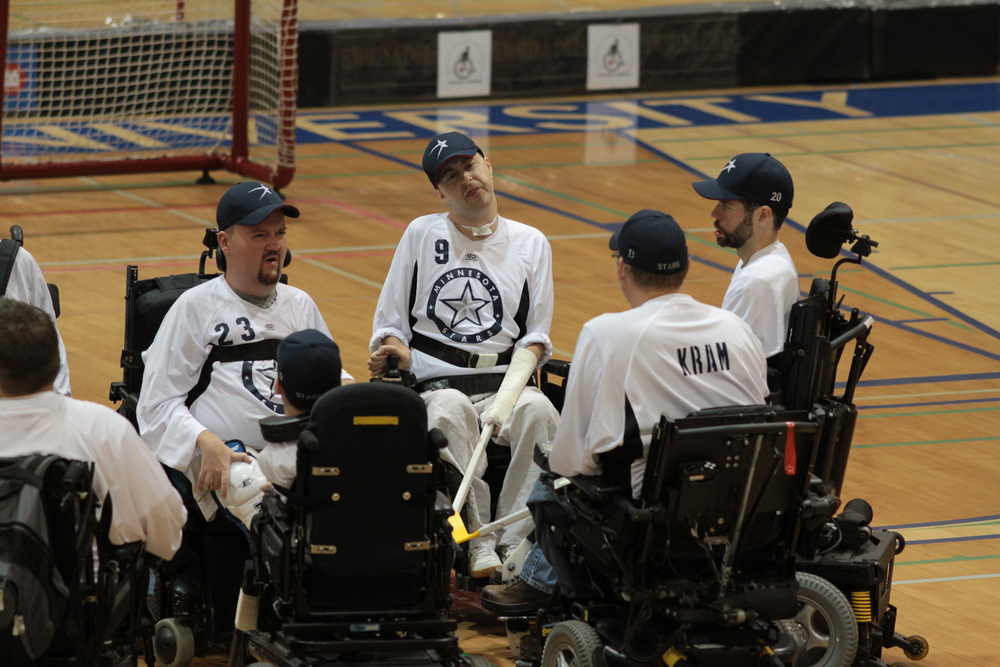Physical Activity Encouraged for Duchenne MD Patients Who Are Less Active Than Peers, Study Finds
by |

Engaging in physical activity can increase the sense of self-worth and belonging for children with Duchenne muscular dystrophy (DMD), as well as help them form peer relationships, but they engage less than boys without the disease, according to a study published in the Journal of Child Neurology.
“Group activities are preferred over home-based activities, since the social element is a very important aspect of being physically active for boys with Duchenne muscular dystrophy,” wrote Lotte Heutinck and colleagues in the study, “Physical Activity in Boys With Duchenne Muscular Dystrophy Is Lower and Less Demanding Compared to Healthy Boys.”
“Team sports such as wheelchair hockey, table tennis, and swimming are recommended,” they wrote.
The researchers analyzed 84 boys with DMD (recruited through the database Dutch patients’ organization Duchenne Parent Project), and 198 healthy controls. They asked all the boys, plus their parents or caregivers, to complete a physical activity questionnaire covering six areas.
They divided the boys with DMD into four groups: early stages of walking, late stages of walking, unable to walk but with relatively good arm function, and unable to walk with limited arm function.
The results showed that 88% of healthy boys and 69% of boys with DMD played a sport. In addition, all boys with DMD engaged in some exercise, such as cycling at an easy pace, in the early and late stages of walking. Engagement in light exercise continued for most of the boys (95%) once they started losing the ability to walk, but that percentage fell to about 50% in the late nonambulatory stage.
Connect with other people and share tips on how to manage Muscular Dystrophy in our forums!
The majority of boys without DMD saw physical activity as fun. That was also the case for boys with DMD until the late stages of not being able to walk. At that point, more than 40% perceived physical activity as fun, but almost a quarter did not.
Most of boys without DMD, and those with the disease who could still walk, felt they received enough exercise. The percentage fell once boys lost the ability to walk.
For boys with DMD, the main barriers to physical activity were a lack of or difficulty accessing sport facilities, and insufficient health. For healthy boys, the hindrances were a lack of time and interest.
“It is not surprising that the amount … of physical activity is lower in boys with Duchenne muscular dystrophy, since loss of strength and decreased mobility limit the options to be physically active,” the researchers wrote. However, “sufficient physical activity may optimize physical functioning, prevent diseases related to physical inactivity and avoid disuse.”
“Engagement in physical activities positively influences the sense of self-worth, belonging to a group and forming peer relationships. Hence, more attention must be paid to this decreased physical activity since the consequences of inactivity are significant for both the physical and the emotional aspect,” the researchers wrote.







